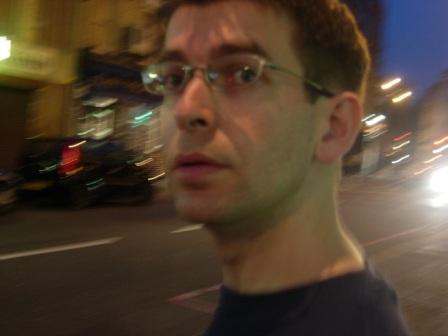Having made explicit the container-shapes-content truism, I want to know what non-traditional containers have researchers adopted to communicate their (performance-based) insights? What are the alternatives to ink on the page? What do they look like? How do they work? Really look like? Really work? I’m speaking from my limitations here, but it is terribly hard to imagine something into existence without reference to what is already known. I have identified a sample of ‘digitally framed’* research outcomes and I'm now tracking down copies to explore. These documents are novel in terms of their container (pioneering, even) and I hope that they help my concrete mind engage with something—that they offer me models to critique.
In chronological sequence, the documents are:
Chameleons Group, The. 1995. Chameleons 1: theatrical experiments in style, genre and multi-media. CD-ROM. Studies in Theatre Production, Exeter University. Volume 13. [http://dpa.ntu.ac.uk/ “believed to be the first theatre CD-ROM to have been published in a refereed academic journal”]
Kolb, D. [<2003] Socrates in the labyrinth: hypertext, argument, philosophy. CD-ROM. Eastgate Systems Inc.
Valentine, L. 2004. The activity of rhetoric within the process of a designer’s thinking. PhD thesis, Dundee University. [Louise’s thesis takes the form of a ‘regular’ PhD (hard-bound, paper sheets … you know the sort of thing) and CD-ROM which opens to reveal the entire ‘regular’ PhD text plus imbedded still, moving and interactive images.]
Meyn, N. 2006. Excavating the future: acting and the art of classical song. DVD. London: GSMD.
* Why did I not go with the apparently relevant word “multimedia”? Digitally framed is intentionally broader in scope: I mean to include digital documents that are wholly comprised of text and include a query interface, which, if not present, would significantly reduce the usefulness of the report. Following a different argument, something might be ‘multimedia’ in the everyday sense, but still not achieve the quality of allowing content to be appropriately media-ted in the sense that I am trying to articulate.
Wednesday, November 29, 2006
Subscribe to:
Posts (Atom)
